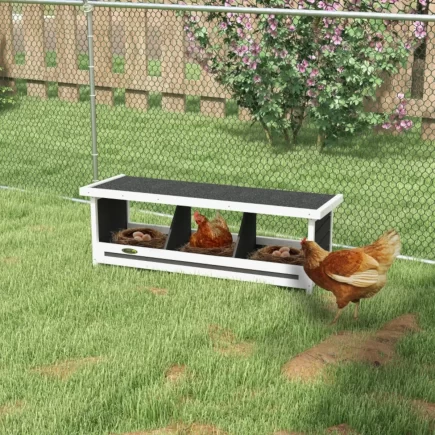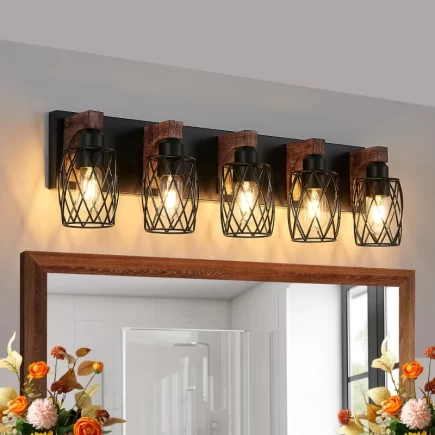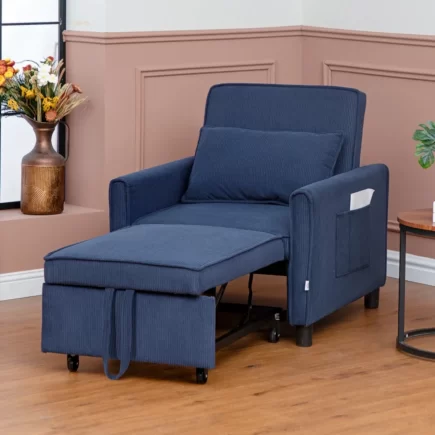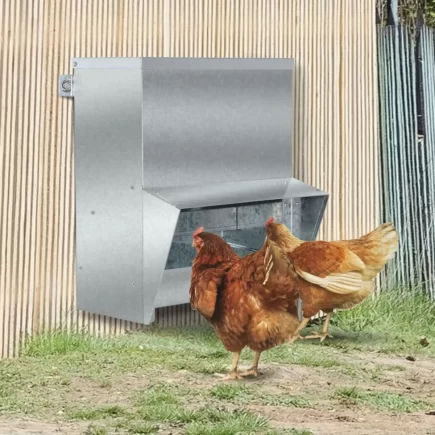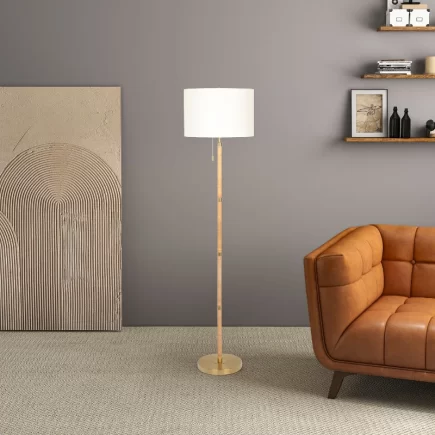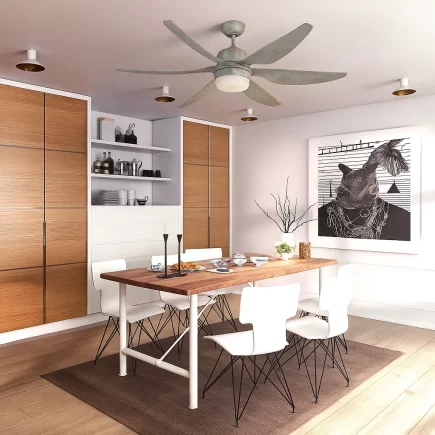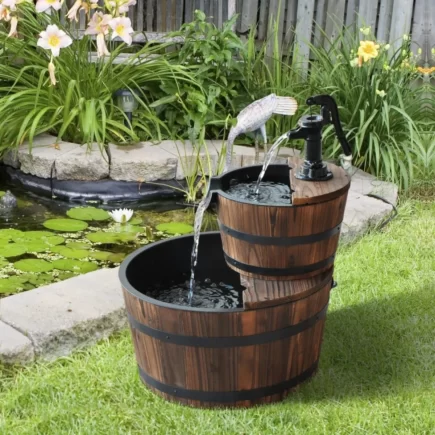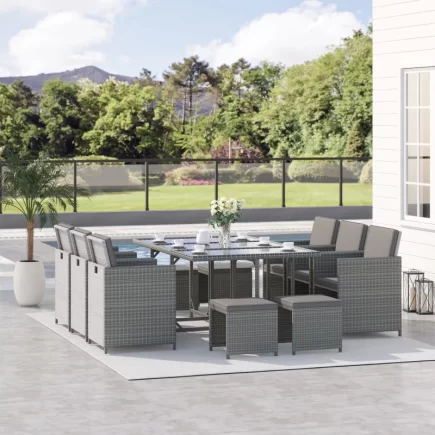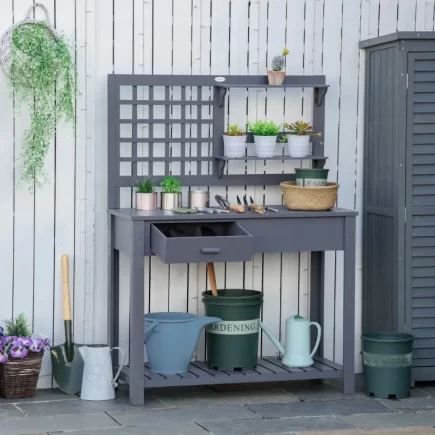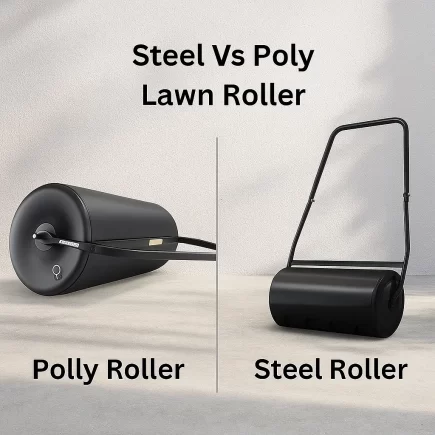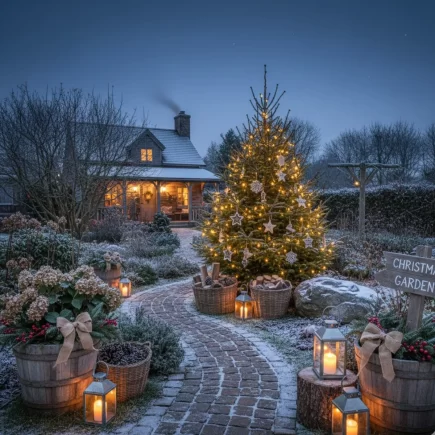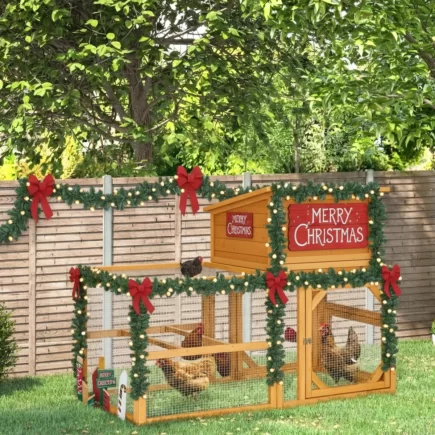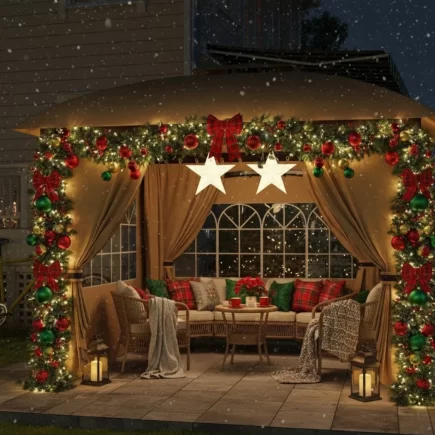Creating a gazebo in your backyard is an exciting way to enhance the aesthetics and functionality of your outdoor space. Whether you’re hosting a garden party, enjoying a peaceful moment, or seeking shelter from the sun or rain, a gazebo serves as the perfect retreat. With the right materials, tools, and a step-by-step approach, building your own gazebo can be a rewarding DIY project that provides both beauty and value to your home.
This comprehensive guide will walk you through everything you need to know about constructing a gazebo, from site preparation to final touches.

1. Step-by-Step Instructions for Building a Gazebo
Preparing the Site: Leveling and Clearing the Space
Before starting the construction, choose a flat, level area in your garden or backyard. Clear the space of any obstacles such as rocks, roots, or debris. Ensure that the area is spacious enough to accommodate the size of the gazebo you plan to build, leaving room for seating and movement around the structure.
Use a shovel or a landscaping rake to smooth the ground. If your site isn’t level, you may need to add soil or gravel to ensure a flat foundation.
Choosing the Ideal Location and Design: Size, Shape, and Style
Gazebos come in many shapes and sizes, from traditional octagonal and square designs to custom layouts. The ideal shape depends on your yard’s layout and the purpose of the gazebo.
- Octagonal and hexagonal gazebos offer a unique, classic aesthetic and are perfect for creating a focal point in your garden.
- Rectangular gazebos tend to be more spacious and practical for hosting gatherings and providing ample shelter.
- Custom designs allow you to create a structure that fits your space exactly, whether it’s leaning against a wall or integrated into a deck.

Once you’ve decided on the shape and size, think about the style. Do you want a modern structure with clean lines, or something more traditional with wooden beams and decorative details? Choose a style that complements the existing architecture and landscaping of your outdoor area.
Required Tools and Materials
Before diving into construction, gather all the necessary tools and materials. These include:

Primary Tools:
- Drills
- Saws (circular or miter)
- Hammer
- Measuring tape
- Level
Materials:
- Wood (cedar, pressure-treated)
- Concrete mix for the foundation
- Screws and nails
- Roofing materials (shingles, metal panels, etc.)

Having the right materials ensures your gazebo will be sturdy and durable, standing the test of time.
2. Understanding Gazebo Design Plans
Free and Paid Plans: Choosing Between Octagonal, Square, or Custom Designs
To build a gazebo, you’ll need a solid plan. You can find free plans online or opt for paid designs that offer more intricate details and custom features. Free plans may be suitable for beginners, but they can lack the technical details necessary for a flawless construction.
For those who prefer a more tailored approach, purchasing a paid plan or even a gazebo kit can save time and effort. Companies like Aosom offer a wide variety of pre-assembled gazebo kits, ensuring you have everything you need, including detailed instructions and necessary parts.
Designs:
- Octagonal and hexagonal: Best for aesthetic appeal and smaller gatherings.
- Square: A more compact shape, ideal for limited space.
- Rectangular or custom: Offers more versatility in design and functionality, great for larger outdoor areas.
3. Planning Your Project
Cost Estimates: Breaking Down Material and Labor Costs
When planning your gazebo project, it’s crucial to estimate the cost of materials and labor. If you’re building the gazebo yourself, the costs will primarily consist of materials, tools, and any equipment rental. On average, building a gazebo can range from $1,500 to $5,000, depending on the size and materials.
- Wood: $2 to $10 per square foot (depending on quality)
- Concrete: $100 to $200 for a slab
- Roofing materials: $500 to $1,000 (depending on style)
- Labor: If hiring professionals, labor could add $2,000 to $5,000 to the total cost.
You can save on labor costs by choosing a DIY kit like the Outsunny 10′ x 12′ Hardtop Gazebo with Polycarbonate Roof, which comes with pre-cut materials, making assembly much simpler.

4. Building the Base and Foundation
Pouring a Concrete Slab vs. Using a Wood Base
A solid foundation is essential for the durability and stability of your gazebo. You have two main options:
- Concrete Slab: This is the most permanent option and ideal for larger structures. Pouring a concrete slab ensures that the gazebo will stand strong for years.
- Wood Base: A wooden base is easier to construct and can be more suitable for smaller, temporary structures.
Quick Tips:
- If using a concrete slab, make sure to pour a base at least 4 inches thick.
- If opting for a wood base, make sure the posts are securely anchored to prevent movement or shifting over time.
For a sturdy and reliable gazebo base, consider the Outsunny 10′ x 14′ Hardtop Gazebo with Curtains, which features a durable metal frame that ensures your gazebo remains stable.

5. Constructing the Frame and Walls
Mounting Bracing Beams and Constructing Walls
Once you have the base and foundation set, it’s time to focus on the frame. The frame is the backbone of your gazebo, so it’s important to construct it securely to ensure stability and longevity. Here’s how you can build the frame step by step:
- Install Vertical Posts: Secure the vertical posts at each corner of the gazebo, making sure they are perfectly plumb. Use concrete or post anchors for added stability.
- Add Bracing Beams: Attach the horizontal beams across the top of the posts to form the structure of your gazebo. These beams will provide additional support for the roof.
- Construct the Walls (Optional): Some designs incorporate walls for extra privacy or aesthetic purposes. If you’re adding walls, frame them with additional wooden slats or panels and secure them to the posts. You can also install windows or mesh netting for ventilation.
The Outsunny 9.6′ x 11.6′ Patio Gazebo is another great option if you’re looking for a space-saving gazebo with easy assembly. It comes with pre-assembled components for quick installation, so you can enjoy your outdoor space sooner.

6. Erecting the Roof
Choosing Between Roof Styles: Shingles, Metal, or Fabric
The roof of your gazebo is one of the most important parts of the structure, as it provides protection from the elements and enhances the overall look. There are a few different types of roofing options you can choose from:
- Shingles: Traditional and stylish, shingles are perfect for a classic wooden gazebo. They provide excellent weather protection but may require more maintenance.
- Metal Roof: A metal roof is a durable and low-maintenance option. It’s excellent for handling rain and snow, and many modern gazebo kits, such as the Outsunny 10′ x 13′ Hardtop Gazebo, come with this style of roof, offering added durability and UV protection.
- Fabric Roof: A fabric roof is lighter and more affordable, making it a good option for smaller, temporary gazebos. It’s also easier to install, but it may not offer the same long-term protection as metal or shingles.

Detailed Steps for Framing and Attaching the Roof Beams
To frame and attach the roof, follow these steps:
- Install Roof Beams: Start by installing the roof beams to the top of the posts. Secure them with screws or brackets for a tight, stable fit.
- Attach Roof Rafters: Depending on your roof design, you may need to attach rafters or supports. These will provide the base structure for the roof material.
- Add Roof Material: Once the frame is in place, cover it with your chosen roof material. For a metal roof, attach the panels securely, ensuring proper drainage and a snug fit. For a fabric roof, simply stretch the fabric over the frame and secure it with ropes or hooks.
7. Customization and Design Features
Personalizing with Built-in Seating, Lighting, or Privacy Walls
One of the advantages of building your own gazebo is the ability to customize it according to your personal preferences. Consider adding the following features to make your gazebo unique:
- Built-in Seating: You can build benches or built-in seating along the perimeter of the gazebo, offering both style and functionality. Add cushions and throw pillows to create a cozy atmosphere.
- Lighting: Install LED lights or pendant lamps to illuminate the space at night. Many Aosom gazebos come with ceiling hooks for hanging lanterns or string lights, which includes ceiling hooks perfect for lighting setups.
- Privacy Walls: Install curtains or mesh panels around the gazebo for added privacy. Many pre-built gazebos, come with detachable curtains to ensure you can create a secluded area for relaxing.
Adjusting Dimensions for a Tailored Fit
If you have a specific space in mind for your gazebo, you can adjust the dimensions to fit your needs.
8. Ensuring Structural Safety

Importance of Following Local Building Codes
When building a gazebo, it’s important to check local building codes to ensure compliance with safety standards. Codes may require specific construction methods, materials, or permits depending on your location. Always consult with local authorities or a professional to avoid any issues.
Acquiring Permits and Ensuring Stability
In many cases, you may need to acquire a building permit before starting the construction. Additionally, ensure the stability of your gazebo by properly anchoring it to the ground with stakes, screws, or bolts. If you’re using a Aosom gazebo kit, most products come with pre-drilled holes and instructions for proper installation, making it easier to secure the structure.
9. Time, Skill Level, and Estimated Duration
Breaking Down Time Requirements
Building a gazebo is a project that can take anywhere from a weekend to a couple of weeks, depending on your skill level and whether you’re using a pre-designed kit. Here’s an estimated timeline:
- Basic DIY Kit: 1-3 days
- Custom Build from Scratch: 1-2 weeks
Estimating the Required Skill Level
If you’re new to DIY projects, starting with a gazebo kit like the Outsunny 10′ x 10′ Gazebo Tent is an ideal choice. This kit is designed for beginner to intermediate skill levels and comes with clear instructions for a smooth assembly.

The Benefits of Building Your Own Gazebo
Building your own gazebo allows for complete customization. You can choose the materials, size, style, and features to match your specific needs and the layout of your backyard. A DIY gazebo offers the satisfaction of creating something by hand, giving you a sense of accomplishment while boosting the value of your property.
Beyond its visual appeal, a gazebo provides a variety of benefits:
- Shelter from the elements: Offering a shaded area on hot days and protection from rain, a gazebo lets you enjoy outdoor activities without worry.
- Increased outdoor living space: A gazebo can be a perfect location for dining, relaxing, or entertaining guests, giving you an additional “room” outdoors.
- Aesthetic enhancement: With its charming presence, a well-constructed gazebo serves as a focal point in your garden or backyard.
Gazebo Enhances Your Outdoor Space
A gazebo can transform an ordinary garden or patio into an elegant sanctuary. Its presence can elevate the ambiance of your home, making it more inviting and functional. Whether you add lighting for evening events or place furniture to create a comfortable lounging area, the possibilities are endless.
A well-positioned gazebo can act as a statement piece in your garden, allowing for seamless integration with other outdoor elements like plants, pathways, and water features.

10. Maintenance Tips and Weather Resistance
Regular Maintenance for Longevity
To ensure the longevity of your gazebo, regular maintenance is key. Here are a few essential tips:
- Cleaning: Regularly clean the roof, frame, and netting to prevent debris buildup and mold growth.
- Sealing and Staining: If you’ve used wood for your gazebo, apply a weatherproof sealant or stain to protect it from moisture and UV damage.
Weatherproofing Your Gazebo
Choose materials that are resistant to water and UV rays. Aluminum and polycarbonate roofs are excellent at withstanding harsh weather, while fabric covers should be removed during extreme weather conditions. If you’re in an area prone to snow, ensure you regularly clear the roof to prevent damage.
11. Landscaping and Placement
Integrating the Gazebo into Your Garden Design
Your gazebo should blend seamlessly with your existing garden and landscape. Add complementary features like:
- Pathways: Create pathways leading up to your gazebo using stones or bricks.
- Plants: Surround your gazebo with flowers, shrubs, or vines to enhance its beauty.
- Outdoor Furniture: Consider adding comfortable outdoor seating, such as a hammock or a dining set.
12. Conclusion
A gazebo is more than just a shelter; it’s a statement piece that enhances the beauty and functionality of your outdoor space. Whether you decide to build it yourself or opt for a pre-designed kit, a gazebo offers years of enjoyment and is a fantastic addition to any garden. With the help of Aosom, you can find high-quality, durable gazebos that suit any backyard. Explore the full selection of Gazebos at Aosom. Enjoy your outdoor space like never before!
FAQs
1. How do I maintain a wooden gazebo?
Regular maintenance includes cleaning, staining, and sealing the wood to protect it from moisture, rot, and UV damage. Inspect for loose screws, nails, and any signs of wear or decay. Keeping your gazebo well-maintained will prolong its lifespan and keep it looking great.
2. What are some common mistakes to avoid when building a gazebo?
Common mistakes include not leveling the foundation, using incorrect measurements, and skipping the weatherproofing step. Additionally, failing to secure permits or ignoring local building codes can lead to fines or the need to dismantle the structure.
3. What can I do if my gazebo wobbles after construction?
Check the foundation and make sure it’s level and properly anchored. Tighten all bolts and screws, and add extra bracing if necessary. If the wobbling persists, consider reinforcing the base or adding cross beams for additional stability.
4. What is the strongest material for a gazebo?
Hardtop gazebos are made from various materials, but galvanized steel stands out as the strongest and most durable option. It outperforms lighter aluminium alternatives by offering superior strength and resilience. Galvanized steel resists bending, denting, and corrosion, ensuring that your gazebo remains sturdy and rust-free even after years of exposure to the elements.

